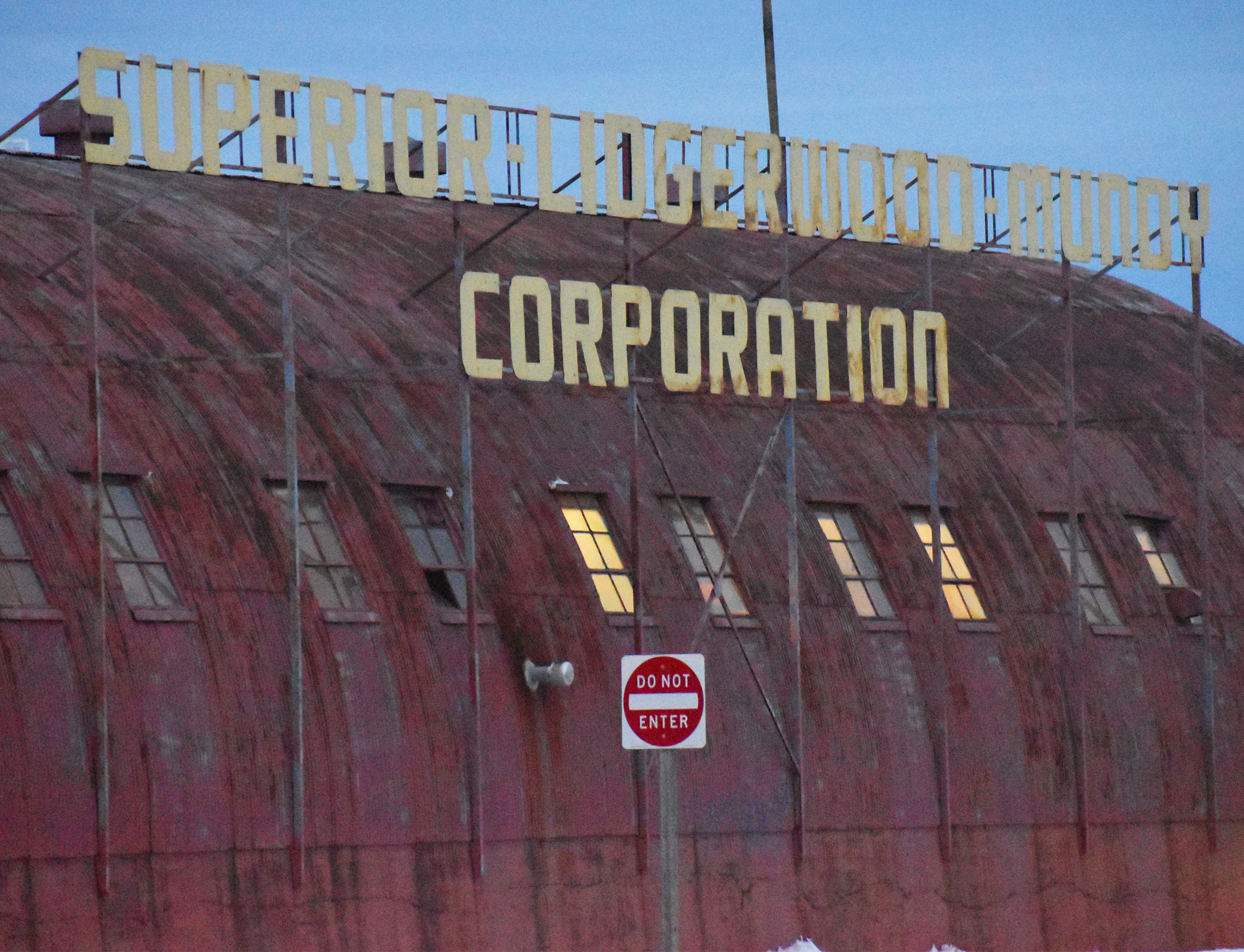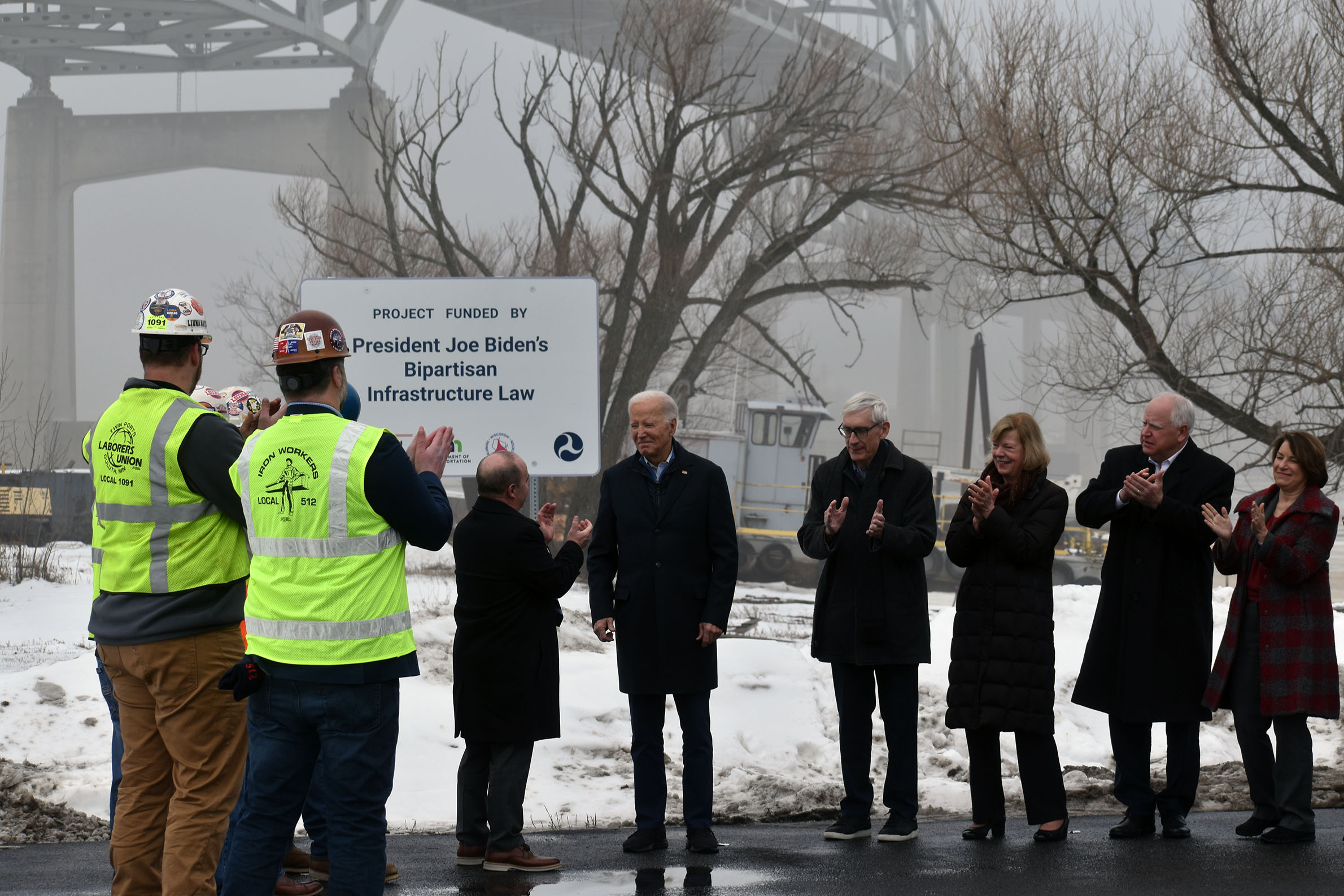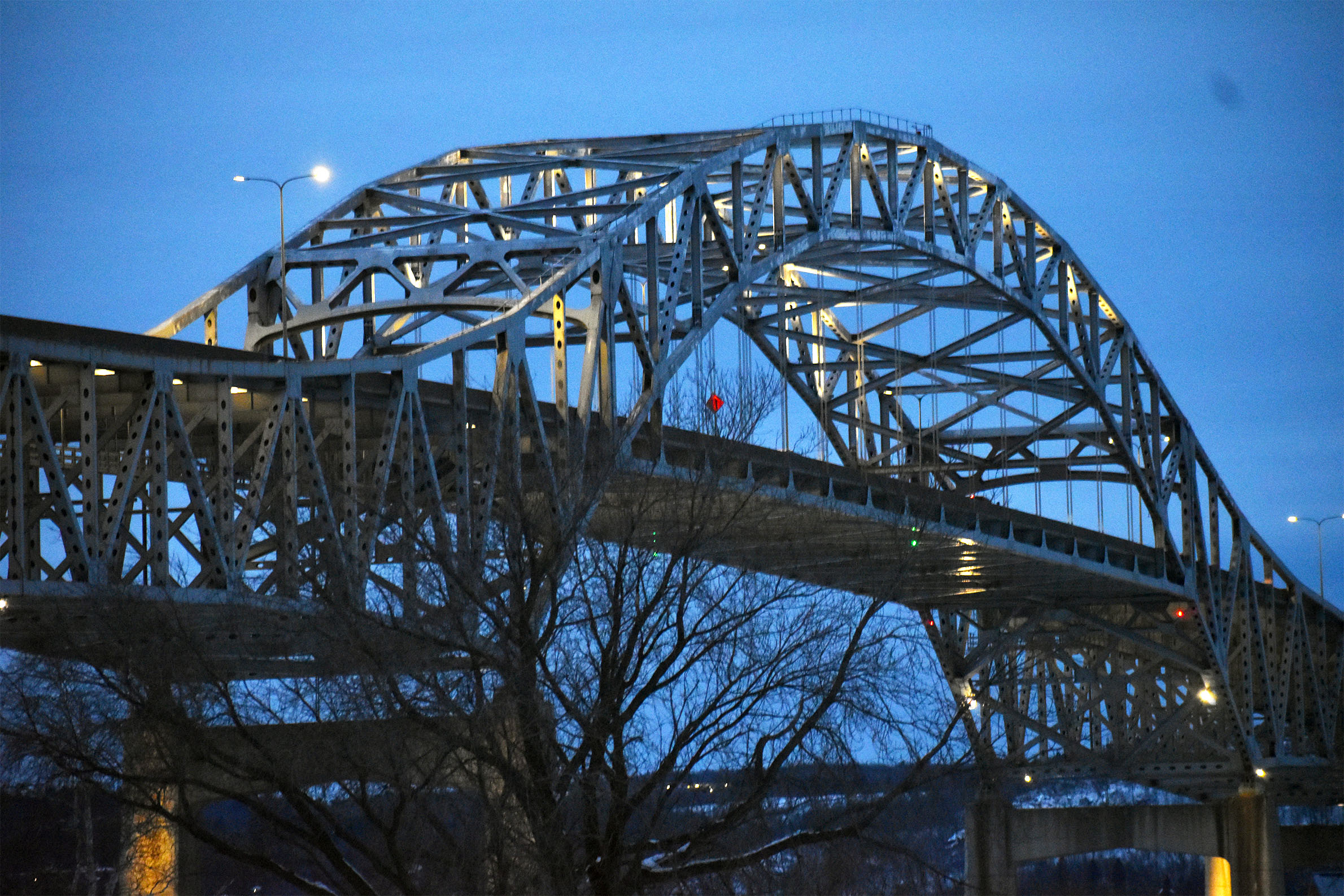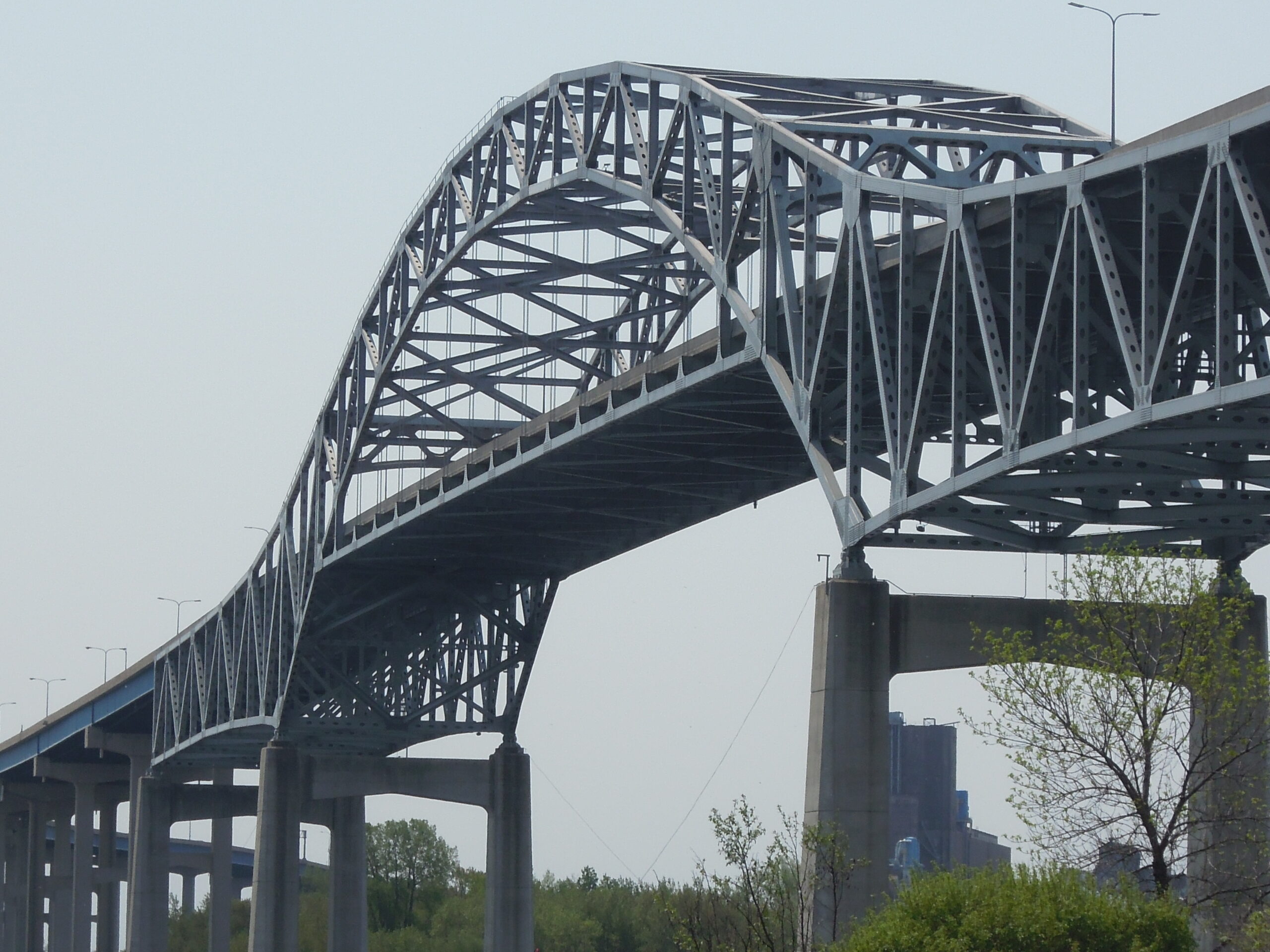About half a dozen businesses in Superior are being forced to relocate all or parts of their operations to make way for the upcoming $1.8 billion replacement of the Blatnik Bridge.
On Tuesday, the Superior City Council adopted a resolution approving an agreement between the city’s Redevelopment Authority and Superior Lidgerwood Mundy. The company is buying property in one of the city’s industrial parks as part of a roughly $19 million project. The site will host a 68,000-square-foot building to house the business, which is being forced to move from the city’s waterfront for the bridge’s replacement.
The company designs and manufactures large mechanical systems to lift heavy loads. Jason Serck, the city’s planning, economic development and port director, told council members that the company has about 150 years of experience. The Superior business formed in 1947, but its roots go back to the 1860s and 1870s.
“This is a relocation project. Lidgerwood was not, more or less, prepared for this, and this is something that has been kind of hard for them,” Serck said.
As part of the deal, the company will pay nearly $788,000 to buy the land, and the city will provide up to $1.8 million in tax increment grants.
“While there certainly is an incentive, we want to attract businesses and help them locate when we can,” said Superior Mayor Jim Paine.

The company’s president did not return requests for comment on Wednesday. Paine said the project aims to preserve existing business in Superior. Other affected businesses say they have faced challenges with relocating, including Brett Carlson, president of Twin Ports Testing.
The company has about 20 full-time employees. It conducts geotechnical drilling, engineering and testing of construction materials. Twin Ports Testing was founded in Duluth more than 50 years ago, and Carlson said it’s now trying to finish an agreement to buy land on the city’s west side in Minnesota.
“Land is hard to come by in this area for commercial development, at least for what our needs are,” Carlson said. “I think that I’ve heard that from some of the other businesses.”
The Wisconsin Department of Transportation told businesses they have to move by Jan. 1, 2026. While the business was first notified two years ago, Carlson said the replacement of the Blatnik Bridge seemed to get fast-tracked after it secured more than $1 billion in federal funding.
Stay informed on the latest news
Sign up for WPR’s email newsletter.

“Even starting right now, if we finish a land purchase agreement, start construction in the spring, it’s almost impossible to construct a whole building,” Carlson said, adding it’s not an option to buy an existing building.
John Mahan, owner of Great Lakes Electrical Equipment, said he’s been operating his business for almost 50 years in Superior.
“At this stage of my life, I don’t particularly wish to move,” Mahan said. “I’d be just as happy to be here for another 50 years.”
While he said the city offered one potential location, Mahan said it wasn’t acceptable for his business. Even so, he said he needs to remain in Superior to maintain his customer base.
He’s still negotiating with the state on a purchase price for his property. Even so, Mahan said he will likely be forced to take out a loan to buy a new site, and he will have to operate from two locations for a period of time. He said that means additional staff and operating costs for his business that currently has 14 employees.
“The bridge needs to probably be replaced, and I just happen to be one of the victims,” Mahan said. “But it is what it is.”
Cara Hess, a spokesperson for Halvor Lines, declined to comment on plans to relocate due to ongoing negotiations with the Wisconsin Department of Transportation.
The Superior Telegram reported the trucking company’s main building will remain on Superior’s waterfront, but its sister company Halvor Logistics is planning to move to another location within the city. City officials are also beginning to work with Allstate Peterbilt Group on plans to relocate their business.
Built in 1961, the aging Blatnik Bridge needs to be replaced due to its deteriorating condition. It has been under load restrictions due to age, rust and corrosion on its primary trusses. The bridge also poses a safety risk because its crash rates are 7 to 10 times higher than the statewide averages in Wisconsin and Minnesota, respectively. Without replacement, the bridge is predicted to close by 2030.
Construction is expected to begin in phases next year, and the bridge will be closed for four years beginning in 2027.
Wisconsin Public Radio, © Copyright 2025, Board of Regents of the University of Wisconsin System and Wisconsin Educational Communications Board.



